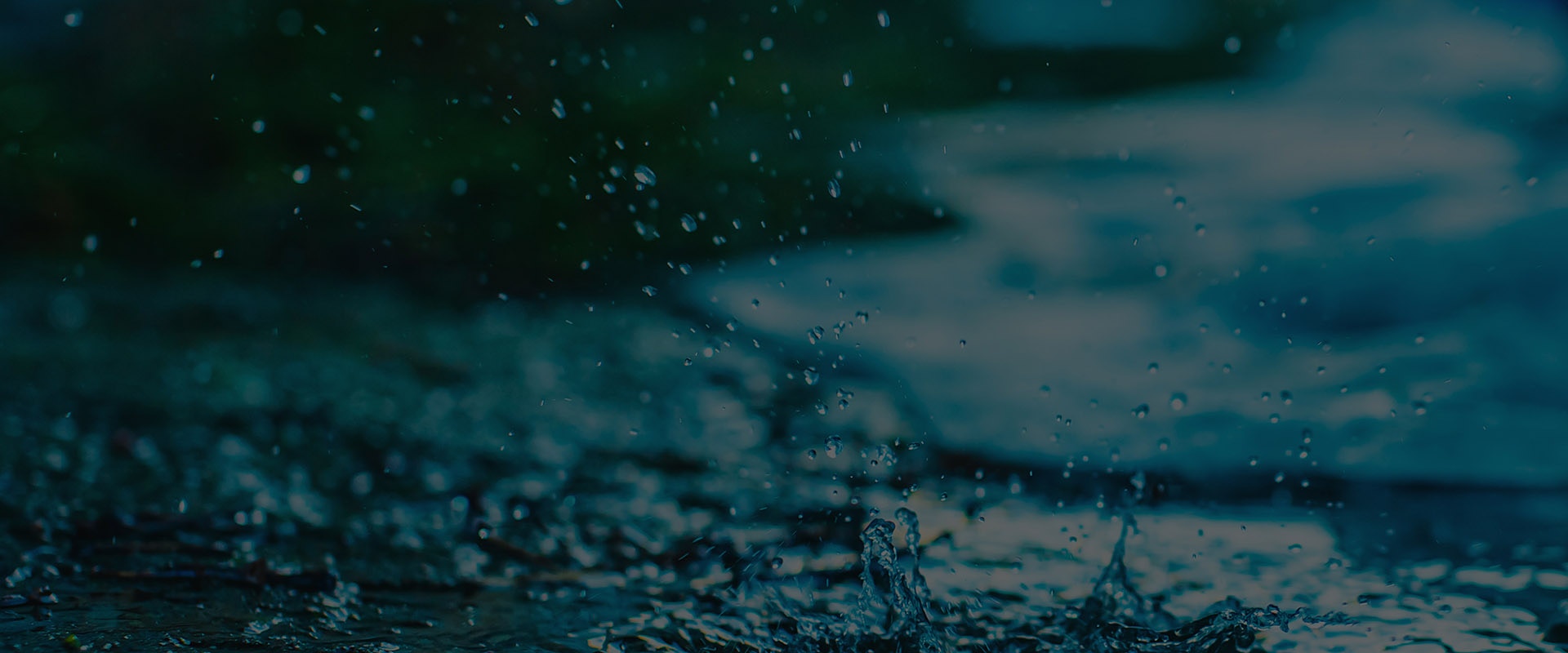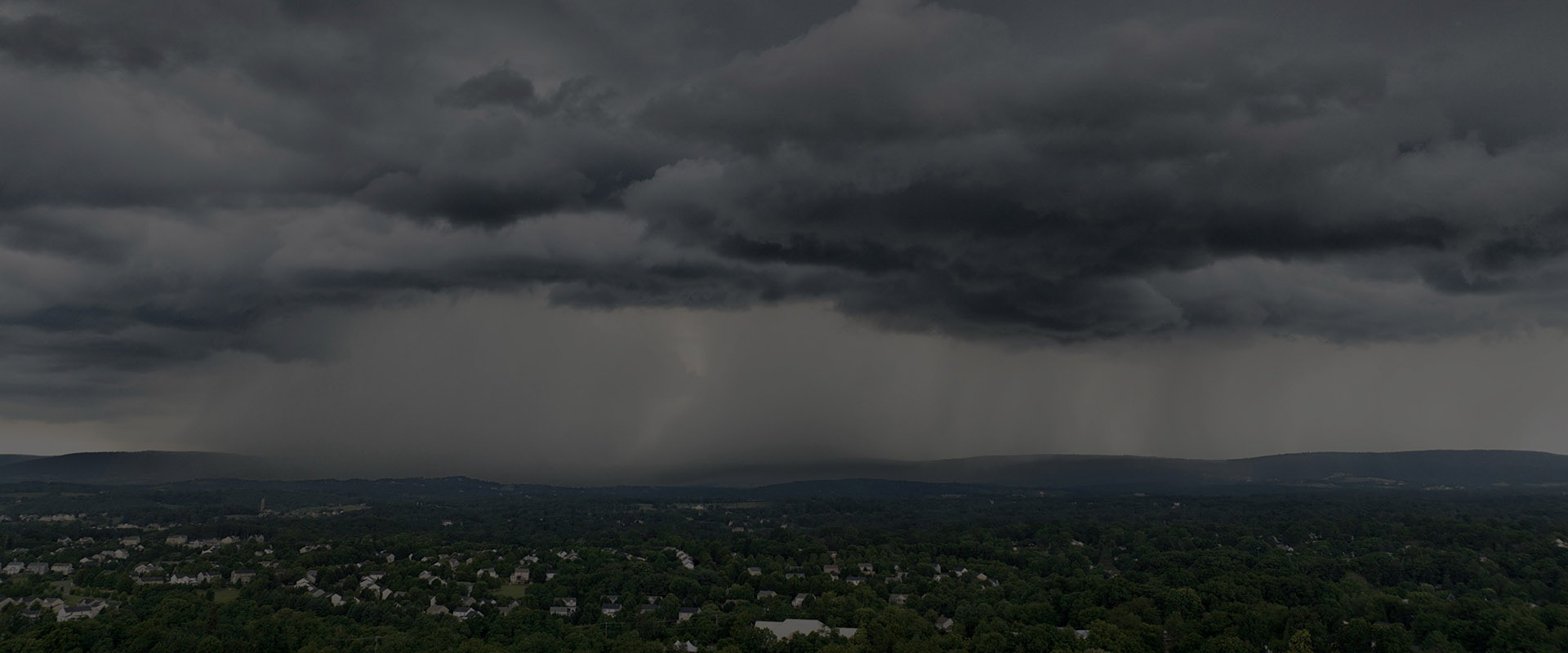If your NY property is damaged by lightning, consult an experienced property damage attorney to protect your insurance rights. Insurance companies may delay or deny legitimate claims, leaving you to cover repair costs. A qualified attorney can help navigate the claims process and ensure you receive the benefits you're entitled to.
What Insurance Policies Typically Cover
Most standard homeowners and commercial property insurance policies in New York include coverage for lightning strikes, including:
- Direct physical damage (e.g., fire, structural harm, or shattered windows)
- Electrical damage due to power surges
- Personal property loss, including electronics and appliances damaged by lightning-induced surges
- Additional living expenses (ALE) if the home becomes temporarily uninhabitable due to lightning-related damage
Coverage can vary, and some policies may exclude surge-related damage unless specific endorsements are added. It’s essential to check the Declarations Page and Perils Insured Against sections for exact language.
Proving Lightning Damage
Documentation is key to substantiating your claim. Take the following steps:
- Photograph all visible damage (interior and exterior)
- Retain damaged items as evidence, especially appliances or electronics
- Obtain expert evaluations (e.g., licensed electricians or structural engineers) to assess hidden or system-wide damage
- Request weather data reports or lightning strike verification from services like the National Weather Service or private meteorological firms
Insurance companies may challenge the cause or extent of the damage, especially with surge-related issues, so solid documentation is crucial.
Timeliness of Claims
Under New York Insurance Law § 3420(a)(3), policyholders must provide written notice of a claim "as soon as reasonably practicable."
This standard may vary by policy language, but it typically means within a reasonable time after discovering the damage. Once the insurer requests it, policyholders have 60 days to submit a sworn proof of loss statement.
Delays can jeopardize your ability to recover, especially if the insurer alleges that late reporting prevented a proper investigation. Be sure to:
- File a Notice of Loss promptly
- Follow all proof of loss requirements outlined in your policy
- Keep a record of all communications with your insurer





